-
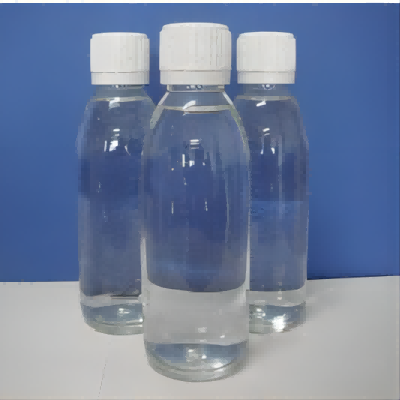
P-Methylbenzyl Chloride CAS:104-82-5 Manufacturer Supplier
P-Methylbenzyl Chloride is an important pharmaceutical intermediate and fine chemical raw material, which can be used to prepare p-methylbenzyl alcohol, p-methylbenzaldehyde, etc. At present, the main industrial production process of P-Methylbenzyl Chloride is based on 3-hydroxybenzaldehyde as raw material, and the target product is obtained by methylation of dimethyl sulfate, potassium borohydride or hydrogenation reduction, chlorination of alum chloride or concentrated hydrochloric acid.
-
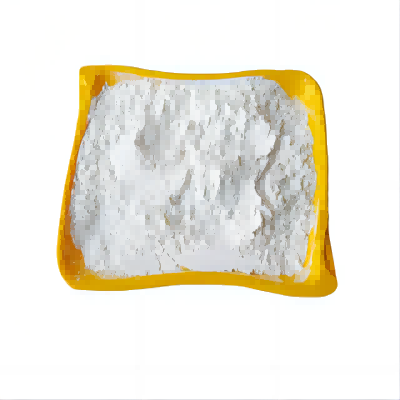
L-Glutamine CAS:56-85-9 Manufacturer Supplier
L-glutamine is an alpha-amino acid that is one of the 20 amino acids consisting proteins. L-glutamine is a non-essential amino acids and is also the most abundant amino acids in human bodies. It is involved in many important biological processes. For example, it is a building block for the protein synthesis as one key amino acid; it is used in the biosynthesis of urea and purines for nucleic acid synthesis; it is a substrate for the biosynthesis of neurotransmitters; it is also an important sources of cellular energy generation.
-
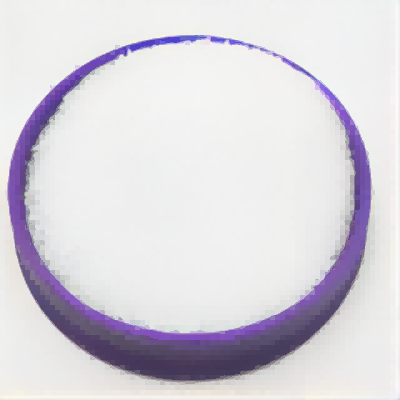
L-Glutamine CAS:56-85-9 Manufacturer Supplier
L-glutamine is an alpha-amino acid that is one of the 20 amino acids consisting proteins. L-glutamine is a non-essential amino acids and is also the most abundant amino acids in human bodies. It is involved in many important biological processes. For example, it is a building block for the protein synthesis as one key amino acid; it is used in the biosynthesis of urea and purines for nucleic acid synthesis; it is a substrate for the biosynthesis of neurotransmitters; it is also an important sources of cellular energy generation.
-
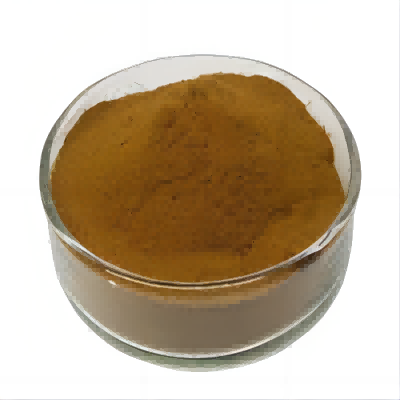
Valerian Root Extract CAS:8008-88-6 Manufacturer Supplier
Valerian Root Extract is obtained by steam distillation of well-dried ground roots of Valeriana officinalis L. (Valerianaceae). It is a yellow-green to yellow-brown liquid with an extremely strong, characteristic, penetrating odor.The oil becomes dark and viscous on aging or on exposure to air.
-
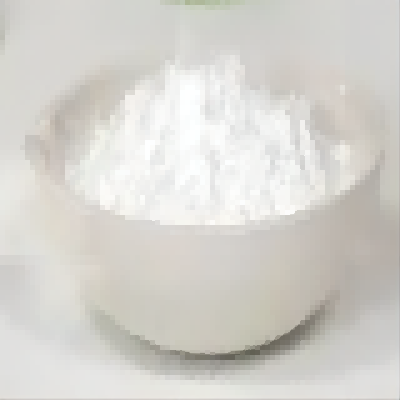
Yohimbe CAS:85117-22-2 Manufacturer Supplier
Yohimbe is promoted for erectile dysfunction, athletic performance, weight loss, angina (chest pain caused by not enough blood flow to the heart), high blood pressure, diabetic neuropathy, and more. Yohimbine hydrochloride, a standardized form of yohimbine, is available in the United States as a prescription drug.
-

L-Ornithine L-Aspartate CAS:3230-94-2 Manufacturer Supplier
L-Ornithine is one of the products of the action of the enzyme arginase on L-arginine, creating urea. L-Ornithine L-aspartate (LOLA), a stable salt of ornithine and aspartic acid, has been used in the treatment of cirrhosis. L-Ornithine ketoglutarate is an amino acid. The body uses amino acids to build proteins. Ornithine ketoglutarate can be made by the body or in a laboratory. People use it as a medicine. Ornithine is an amino acid that plays a role in the urea cycle. Ornithine is abnormally accumulated in the body in ornithine transcarbamylase deficiency.
-

Chlorophylls CAS:7585-39-9 Manufacturer Supplier
Chlorophyll molecules are theprincipal sites of light absorption inthe light-dependent reactions ofphotosynthesis. They are magnesium-containing porphyrins, chemicallyrelated to cytochrome andhaemoglobin.Chlorophyll is used as a natural coloring agent. It is credited with skin-soothing and healing properties thanks to its phytol content, and has a mild deodorizing effect. Chlorophyll is the green coloring matter found in all living plants and seen in plant leaves.
-
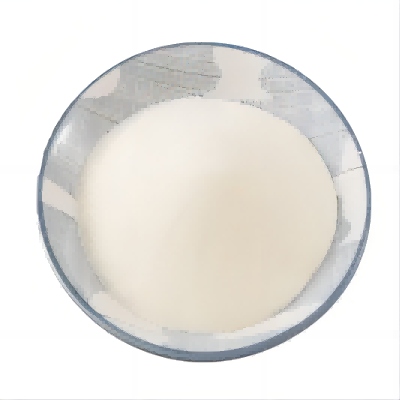
Creatine Ethyl Ester CAS:6020-87-7 Manufacturer Supplier
Creatine Monohydrate is the monohydrate form of creatine similar or identical to endogenous creatine produced in the liver, kidneys, and pancreas. Pure creatine is a white, tasteless,odorless powder, that is a naturally occurring metabolite found in muscle tissue.Creatine monohydrate is an amino acid produced in the human body that plays a role in replenishing the energy supply to muscle cells.Creatine is usually produced to a purity of 99.5 percent or higher.Until recently, the primary use for creatine was as a laboratory reagent, demand for which was relatively limited.In the early 1990′s, however, weight trainersand other athletes began using creatine in the belief that it stimulates muscle growth and reduces muscle fatigue.
-
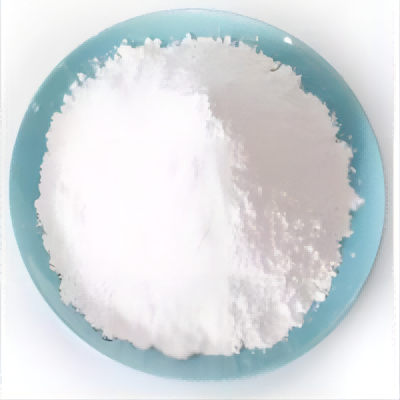
Creatine Malate CAS:686351-75-7 Manufacturer Supplier
Creatine Malate, the compound is creatine bound to malic acid. Malic acid is a naturally occuring kreb cycle intermediate, meaning that malic acid plays a crucial role in our natural energy cycle. Malic acid coupled with the effect of creatine, as in Di-Creatine Malate, offers much greater ATP production over conventional creatine monohydrate.
-
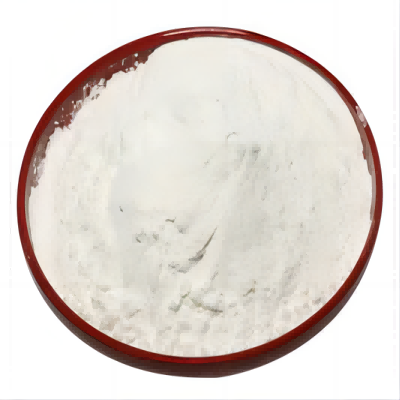
Potassium Glutamate CAS:19473-49-5 Manufacturer Supplier
Potassium glutamate is a medication for liver coma, with the same pharmacological effect as “sodium glutamate”. Used to treat hepatic encephalopathy caused by elevated blood ammonia, it is often matched with sodium glutamate in a ratio of 1:2. The view that potassium glutamate utilizes ammonia to synthesize glutamine and reduce blood ammonia, which is beneficial for the recovery of hepatic encephalopathy, has been repeatedly rejected in the past decade. It is believed that blood ammonia levels are not directly related to liver coma, and this product is no longer used as a routine treatment for liver coma.
-
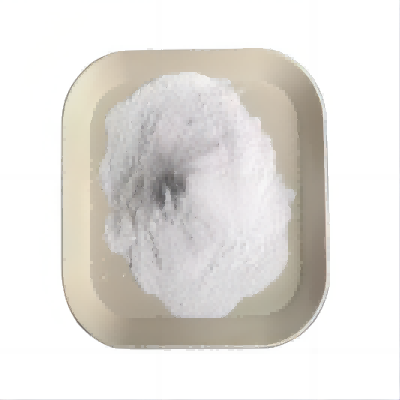
L-Isoleucine CAS:73-32-5 Manufacturer Supplier
L-Isoleucine is an isomer of L-leucine and is an essential amino acid. It is synthesized from threonine and is a branched-chain hydrophobic amino acid.L-Isoleucine is also classified as a branched-chain amino acid (BCAA). There are three branched-chain amino acids in the body, with the others being L-Valine, and L-Leucine, and all of them help promote muscle recovery after exercise. Isoleucine is actually broken down for energy within the muscle tissue.
-

L-Cysteine CAS:52-90-4 Manufacturer Supplier
L-Cysteine is one of the 20 natural amino acids and, besides methionine,the only one which contains sulfur. It is a thiol-containing non-essential amino acid that is oxidized to form Cystine. It is a non-essential sulfur-containing amino acid in humans, related to cystine, Cysteine is important for protein synthesis, detoxification, and diverse metabolic functions.

